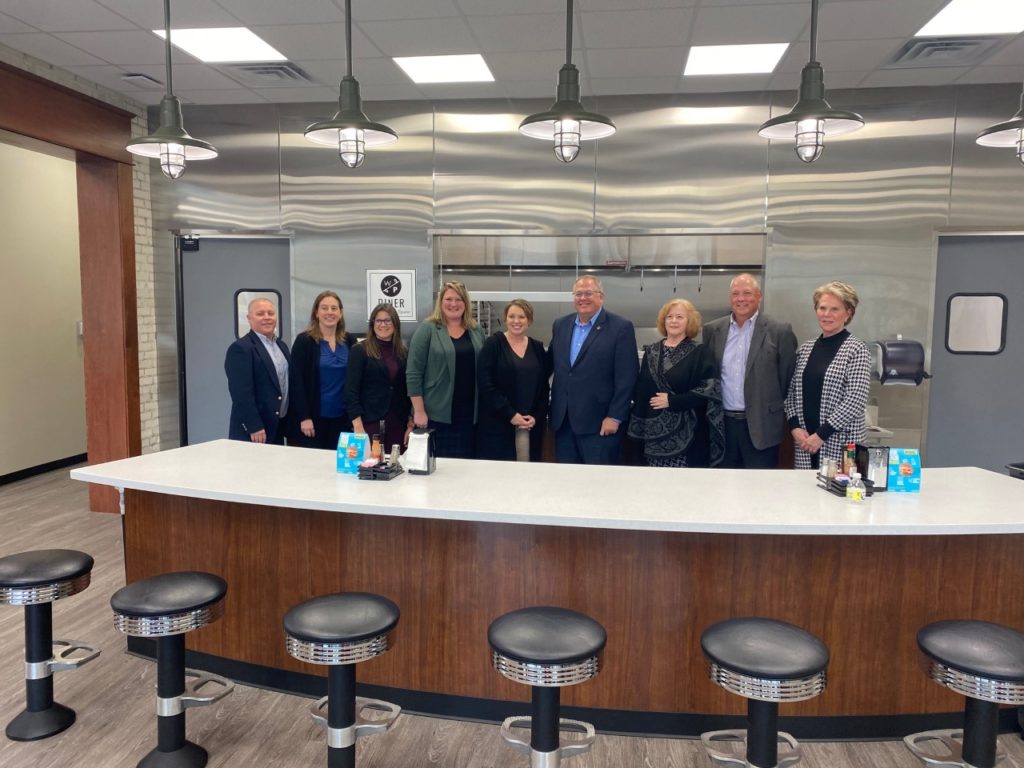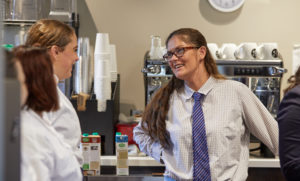I run a Kalamazoo-based organization called KPEP, a private, nonprofit community corrections organization that has facilities in Kalamazoo, Muskegon, Battle Creek, Benton Harbor and Paw Paw. We operate residential treatment, outpatient, transitional housing and vocational training programs that offer a community-based alternative to incarceration for people who violate parole or for those who need more structure than regular probation provides after they’re released from prison.
As president of the Michigan Association for Community Corrections Advancement, I’ve seen how critical these programs are right now in helping connect local small businesses with qualified employees, and how they improve public safety by creating pathways out of the cycle of crime and incarceration for returning citizens.
This organization helped see through the 1988 passage of Public Act 511, the Michigan Community Corrections Act. In addition to KPEP’s service areas, our members operate programs in Flint, Saginaw, Three Rivers, Grand Rapids and Port Huron, and we are hoping to expand.
Right now, 85% of Michigan’s prisoners will eventually return to our neighborhoods. How are we preparing these individuals for the transition to society?
The Legislature has an opportunity to adopt bills to incentivize our state’s prisoners to participate in and complete educational and vocational programs that promote job training and give them the skills needed to be contributing members of the community.
Michigan’s budget surplus means that the Legislature and governor have an incredible opportunity to make investments that will shape our future for decades to come. It would be a tremendous oversight for anyone to view this moment as one that can only be seized by spending down the surplus.
Lansing should be looking to explore new programs to make Michigan a leader in transformational justice programs, to promote job training, knit communities closer together, and yes, save tax dollars in the future.
It’s important that when offenders are sentenced, those sentences mean something, and that’s the law. But for many returning to society at the end of their prison terms, residential re-entry programs offer tools to ensure a safe, secure, and productive transition to a successful life outside—not to reduce sentences, but to create a light at the end of the tunnel.
KPEP and programs like it across Michigan have made a real and significant impact in the lives of those we serve—people like Jen Heath. Jen completed a 6-month program at KPEP following a parole violation on drug charges. She had temporarily lost custody of her children and was determined to turn her life around for them. After completing an intense 90-day residential substance abuse treatment plan, she transitioned to residential treatment, participated in our hospitality vocational training program and worked at Walnut & Park, a café KPEP opened in 2017 to provide employment and training opportunities for our residents and graduates. She kept the job, and her responsibilities grew after graduating from KPEP in 2018. Fast forward to 2022. Jen is a valued employee working fulltime at the café, and—after regaining full custody of her children in 2020 and buying her first home in January—her family is looking forward to celebrating the holidays together in their new home.
Michigan’s Department of Corrections has already invested state resources into programs like the Vocational Village, which allow those who have completed their sentence to walk out of prison with the training, education, and licensing to immediately start jobs in their chosen industry. Programs like KPEP allow people to receive job training and intensive counseling in a controlled environment, after they leave prison.
Now the state should explore a hybrid approach: allow formerly incarcerated people to earn credits that would allow them to spend the last few months of their sentence in a residential re-entry center. These community settings have been proven to be more effective than programming inside prisons. In addition to the treatment and job training, participants can get a head start on filling badly needed openings in the job market after completing their chosen programs.
Critically for public safety, KPEP’s programs have a demonstrated record of lower recidivism rates than the status quo.
It shouldn’t be partisan or controversial to say that we want as many prisoners as possible to be productive, contributing members of their communities, and therefore not committing new crimes. That’s how we advance public safety and quality of life.
By Bill DeBoer, president, KPEP



